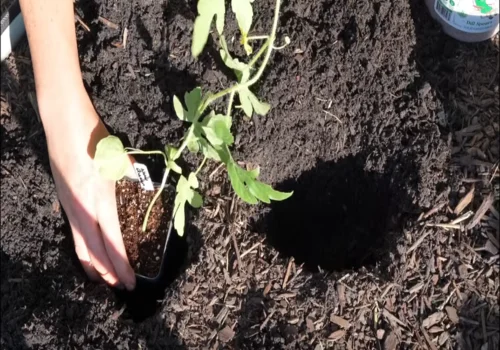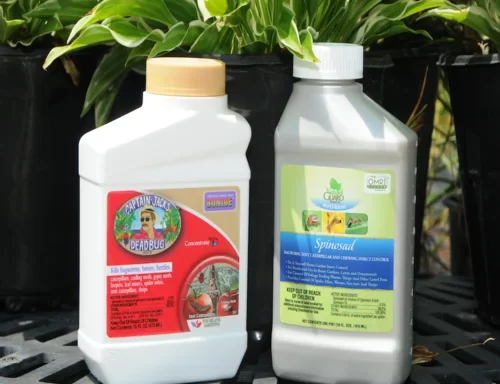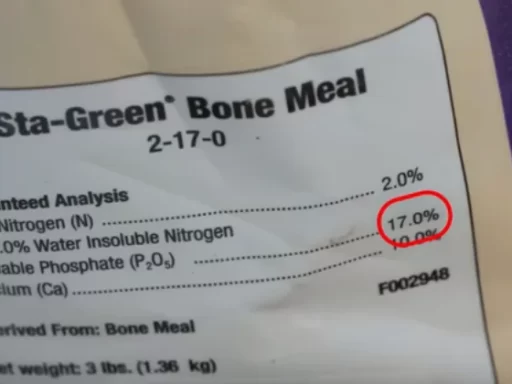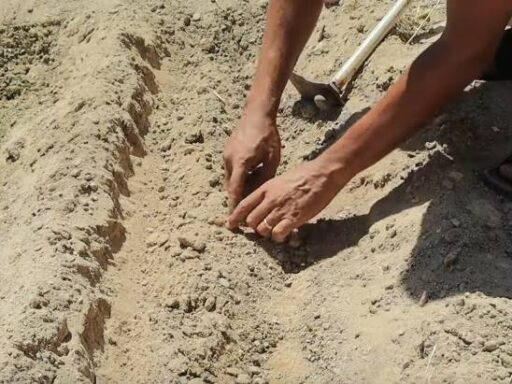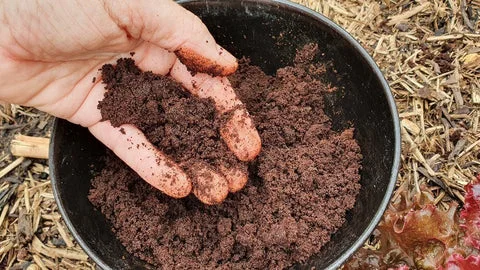October brings a cool breeze to the Southeastern coast of North Carolina, but that doesn’t mean we stop growing. Container gardening enthusiasts can still cultivate a variety of plants without needing vast amounts of land. One of the most affordable and efficient ways to do this is by using fabric grow bags. In this article, you’ll learn how to use these innovative containers, their advantages over traditional plastic containers, and essential tips to make the most out of them.
Why Choose Fabric Grow Bags Over Hard Plastic Containers?
Fabric grow bags offer several benefits over traditional hard plastic containers, especially when it comes to price and versatility. Hard plastic containers, particularly in large sizes, can become quite expensive. On the other hand, fabric grow bags, which are made from a felt-like material, are much cheaper to manufacture and ship. For example, a 12-pack of 20-gallon fabric grow bags costs less than two 15-gallon hard plastic containers, making them an excellent option for gardeners on a budget.
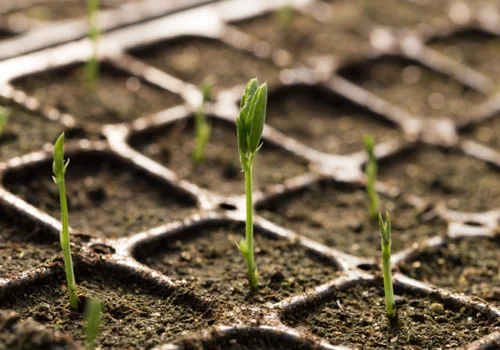
But affordability isn’t the only reason to consider fabric grow bags. Their portability allows for easy relocation, which is perfect for gardeners who need to move their plants to different areas to optimize growing conditions. Whether you have a large plot of land or a small backyard, fabric grow bags can help you grow a diverse range of plants in a limited space.
Tip #1: Sizing Grow Bags for Different Plants
Choosing the right size grow bag is crucial for the health of your plants. Here’s a quick guide to help you select the best size:
- 3-Gallon Bags: Ideal for small plants like peppers, herbs (basil, parsley, cilantro, and dill), and other annual vegetables.
- 7-Gallon Bags: Great for dwarf tomato varieties, determinate tomatoes, and small eggplants. These bags are also perfect for tomatoes that max out at around 3 feet tall.
- 10-Gallon Bags: Recommended for larger eggplants, as they provide ample space for root growth and moisture retention.
- 20-Gallon Bags: These are the most versatile size. They’re perfect for growing indeterminate tomatoes, squash, melons, cucumbers, and even root vegetables like potatoes and carrots. They provide plenty of room for plants that need space to expand.
For gardeners with even bigger ambitions, fabric grow bags are available in sizes up to 50 gallons and beyond.
Tip #2: Positioning Grow Bags to Create Microclimates
One of the advantages of fabric grow bags is their portability. This feature allows you to adjust your plants’ environment throughout the year. For example, plants like melons and sweet potatoes thrive in direct sunlight and heat, so placing them on a fabric weed barrier that absorbs heat is ideal. In contrast, tomatoes can become stressed in extreme heat, which makes them more vulnerable to pests and diseases. By moving tomato plants to a shaded area, such as under the eave of a house, you can protect them from excessive sunlight and ensure their health.
Creating microclimates by relocating grow bags can also extend your growing season. Placing grow bags near a south-facing wall that absorbs heat during the day can help protect your plants from frost and cold winds, allowing you to grow certain crops, like frost-tolerant lettuce, well into the winter months.
Tip #3: Maximizing the Lifespan of Your Grow Bags
Fabric grow bags are durable, but their longevity depends on factors like climate and how they are handled. In hot, sunny climates, they may degrade faster than in milder conditions. However, with proper care, grow bags can last several years. For instance, gardeners in North Carolina have reported using the same grow bags for up to six years.
To extend their lifespan, avoid handling grow bags when they’re wet and heavy, as this can cause the fabric to tear. If well-maintained, fabric grow bags can be a long-term investment that saves you money over time.
Tip #4: Choosing the Right Potting Mix
The quality of your potting mix plays a significant role in the success of your container garden. Fabric grow bags provide excellent aeration and drainage, but they can also dry out quickly in hot weather. To counteract this, it’s essential to use a high-quality potting mix with a good balance of peat moss or coconut coir. These materials retain moisture and help keep your plants hydrated throughout the day.
You can make your own potting mix to save money, but if you prefer a pre-made option, look for brands like HP Pro-Mix that offer high-quality peat-based potting soil.
Tip #5: Mulching and Irrigation for Better Moisture Retention
As fabric grow bags are prone to drying out, it’s crucial to take measures to retain moisture. Applying a 2-3 inch layer of mulch on top of the soil can help reduce evaporation and keep the soil consistently moist. Additionally, consider setting up a drip irrigation system to provide a steady supply of water. In hot climates, you may need to water your grow bags daily, or even twice a day during peak summer months.
Choosing the Right Grow Bag Brand
When selecting fabric grow bags, you’ll notice a variety of brands offering similar products. While some brands, like 24/7 Garden, offer heavy-duty options that may last longer, others, like FX, provide more affordable alternatives that still deliver good quality. It’s important to compare the thickness of the material and the quality of the handles, as these factors will affect how long the grow bags last and how easy they are to transport.
Conclusion
Fabric grow bags are an affordable, versatile, and durable option for container gardening. Their portability allows you to create optimal growing conditions for your plants throughout the year, and their affordability makes them accessible to gardeners of all skill levels. By following the tips outlined in this article, you can ensure your container garden thrives, no matter where you live or what you’re growing.
Frequently Asked Questions
- How long do fabric grow bags last?
With proper care, fabric grow bags can last between 3 to 6 years, depending on climate and handling. - What size grow bag should I use for tomatoes?
Dwarf and determinate tomato varieties do well in 7-gallon grow bags, while indeterminate varieties thrive in 20-gallon grow bags. - Do fabric grow bags require more watering than plastic containers?
Yes, fabric grow bags tend to dry out faster due to their excellent drainage, so more frequent watering is necessary, especially in hot climates. - Can I move fabric grow bags around easily?
Yes, fabric grow bags are equipped with strong handles, making them easy to relocate as needed. - What type of potting mix should I use in fabric grow bags?
A potting mix with a high percentage of peat moss or coconut coir is recommended for moisture retention. - How can I prevent my fabric grow bags from drying out?
Applying a layer of mulch and using drip irrigation can help maintain moisture in the soil. - Are fabric grow bags suitable for growing root vegetables?
Yes, larger grow bags, like 20-gallon or 25-gallon sizes, are ideal for growing root vegetables like potatoes and carrots.

